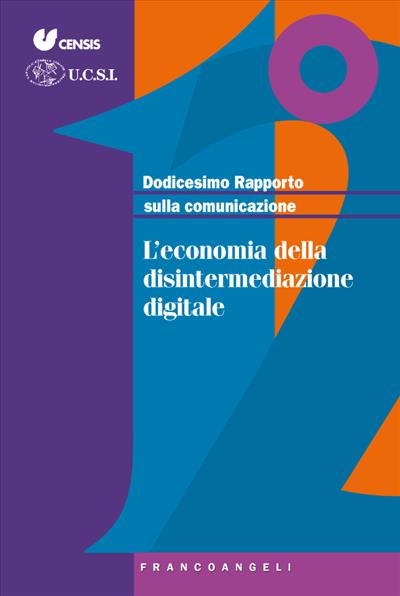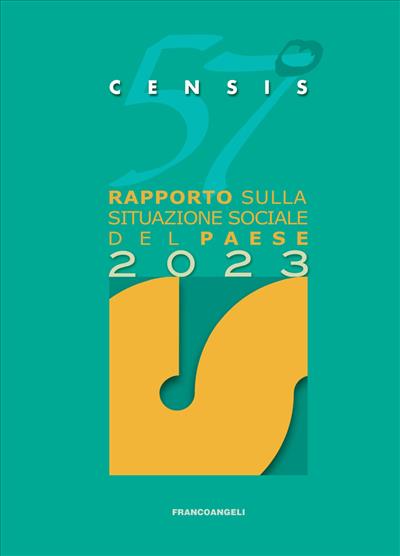
Italy Today 2004.
Social picture and trends
Printed Edition
30.50
Printed Edition
30.50
Pages: 256
ISBN: 9788846467614
Edition: 1a edizione 2005
Publisher code: 2000.1110
Availability: Limitata




